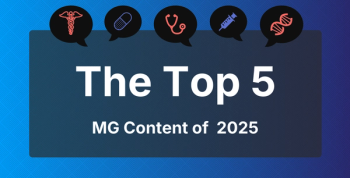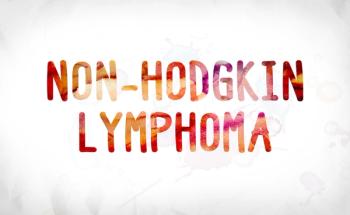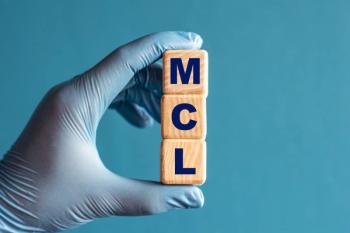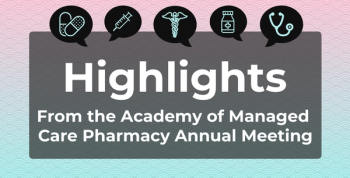
Beyond the Disease: the Economic Hardships of Cancer
A study published in the journal Cancer presents the financial impact of cancer on a survivor and his family.
Cancer affects much beyond the physical and mental health of the patient—the disease can leave a substantial mark on the economic well-being of a family. Now a new study, based on the Panel Study of Income Dynamics (PSID), has found that cancer causes a significant impact on employment, hours worked, individual income, as well as the total family income.
The data used in the study was accrued from the PSID survey, which is a nationally representative, prospective, observational study that included individual and family-level economic information. The study sample included respondents who were interviewed between 1999 and 2009, and data collected was for the years between 1989 and 2009. Of the initial sample size of more than 17,000 individuals, the authors reduced their sample cohort down to 1117 who had been diagnosed with cancer and 15,865 without cancer. Publicly available, deidentified data was included in the study.
With respect to sample distribution, the average age of adults who reported being diagnosed with cancer was 52.5 years, while for those who were not diagnosed, it was 37.1 years. While nearly 60% of the cancer cohort included women, a little over 50% in the undiagnosed population were women. The authors compared the 4 outcomes listed earlier (employment, hours worked, individual income, and total family income), 2 years prior to and 2 years after the person’s diagnosis.
Results reported in the paper, published in the journal
While families saw their overall income decrease by 20% in the second and third year after a family member being diagnosed with cancer, things came back up to normal by about 5 years. The authors attribute this recovery to increased compensation by the spouse, disability benefits, or contributions to family income by other family members such as grown children. The authors note that the impact was most significant among male survivors rather than female survivors, probably because women make up a significantly smaller proportion of the labor force.
“Fifteen million American adults are cancer survivors, and American families need economic support while they are dealing with the rigors of cancer treatment,”
Newsletter
Stay ahead of policy, cost, and value—subscribe to AJMC for expert insights at the intersection of clinical care and health economics.







































